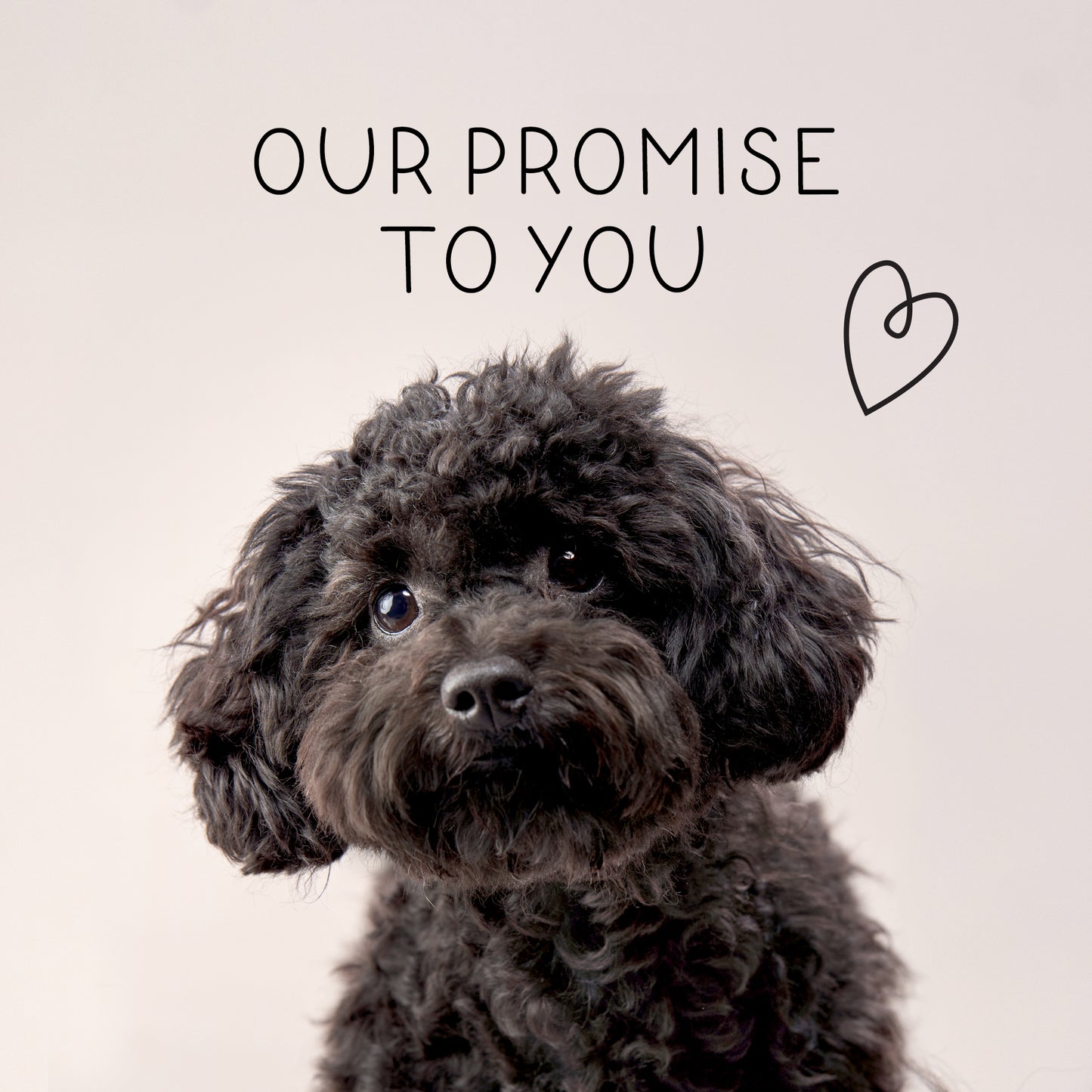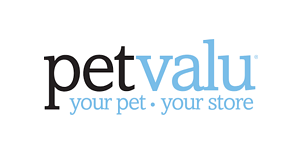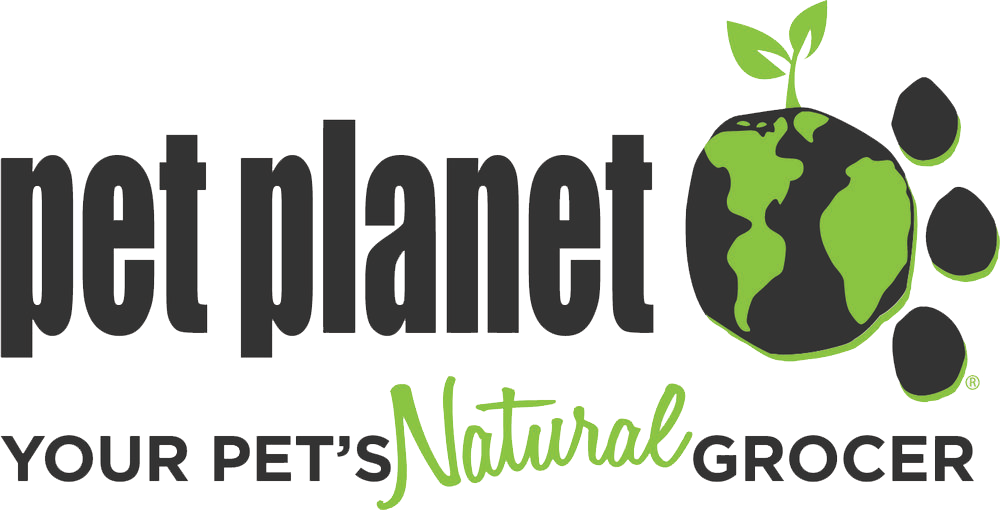
For many of us, dogs are the ultimate therapist because their listening skills are unparalleled. Usually, it’s a one-way street - we can babble about our troubles nonstop to a captivated canine audience that only asks for belly rubs in return.
But our canines do communicate with us - just not with human words. Dogs use a variety of methods to get their message across and it’s up to us to decipher these canine codes. Since they’re non-verbal (although some beagle owners would beg to differ), pups rely on facial and body language to communicate - it just looks a little different with four legs and a tail.
Studies have shown that our furry friends combine at least 19 distinct gestures to connect with us. It’s called referential signaling, a type of intentional gesturing meant to convey a message without using words.
Domesticated dogs are the first animals that scientists have found using referential signaling to address another species. Human babies communicate this way with their parents and we’re now confirming that our fur babies employ the same methods to get our attention.
The four most common and successful gestures were requests for petting, food, and drink, to get a toy and to go outside. With all the dogs, the most common gestures involved eye contact - either straight staring or alternately looking back and forth from the owner to the object of desire.
Here’s a starter guide to understanding what your pup may be trying to tell you:
Sneezing & Yawning = Get Me Outta Here/I Love You
Talk about mixed signals! Sometimes dogs communicate with us by sneezing and yawning unnecessarily. These misplaced cues show that she’s feeling stressed or uncomfortable, often around new pets or people (interestingly, humans also do this when they feel uncomfortable). This can get confusing because content dogs will also yawn around you, so it’s important to look for misplaced yawning in unfamiliar circumstances.
Head Movement = I Want Something
If your dog is making eye contact with you and looking at an object repeatedly, they definitely want something to do with what they’re looking at. This routinely happens when a dog is hungry or just feels like they deserve a treat.
Play Bow = It’s Go Time
If your dog faces you, sticks her butt in the air, and dives into a bow with her front legs on the ground, she wants to play. Grabbing the nearest tug or squeaker toy will make her day, but if you really want to blow her mind, return the bow back to her! Your downward dog yoga pose will delight her and show that you’re trying to speak her language.
Raising a Paw = Pay. Attention. To. Me.
Dogs communicate their need for attention by raising a paw to touch you. You may notice this most often when you’re sitting and your dog comes up to put a paw on your knee. In puppies, this is communicated by pawing the air repeatedly. Dogs will sometimes lift a paw when anxious, so it’s important to look at the rest of her body (ears, tail, eyes, and paw) when reading your pup. And don’t be a slowpoke about it - dogs talk a mile a minute with their bodies, changing signals in an instant.
Leaning Against You = Let’s Spoon
If your dog is leaning up against you, she’s coming in for a snug! Unfortunately, she physically can’t hug you, so cuddling up against you is the best way to show affection for her favourite human. Even if your dog is leaning against you because she's nervous in a new place or situation, it still indicates that she thinks of you as a protector who can keep her safe.
Wagging Tail = Nice to See You/You Seem Nice/You Are My Everything
A dog’s tail has a tale to tell. Tail movement is the most widely recognized form of canine communication, but how it’s moving makes a difference. A tail that gently sways back and forth while hanging down is a friendly sign. A wag with broad, sweeping strokes shows that she feels very safe and confident. If she feels more cautious, maybe meeting another dog and unsure how things will go, her wags may be smaller and more restrained. In any case, if the tail is low, loose, and wagging, your dog doesn’t feel threatened.
A sure-fire way to get their tail wagging is by grabbing a treat and having them show off their amazing tricks!
Extended Tail = Back Off, Buddy.
A dog’s tail that is up over her back and stiff is not a you’re-my-new-BFF tail. It’s a warning sign that something’s wrong. When your dog raises her tail and wags it, keep a close eye on her because she's sending a warning. Look for other signs of aggression, like an unwavering gaze, bared teeth, or raised hackles. If her tail is only half raised, she feels antisocial in an insecure way rather than hostile.
Belly Display = Who’s the Boss? You’re the Boss!
In addition to face and tail movement, dogs also send us signals using the rest of their body. If your pup rolls over and bares her belly to you, she’s initiating this gesture to appease you (and wouldn’t say no to a belly rub). Dogs also communicate with each other this way, rolling over as a sign of passive resistance to a perceived threat.
While these methods of communication are the most common among all breeds, it’s important to observe your pup’s habits, movements, and mannerisms so that you can begin to understand the ways your dog specifically communicates with you. Many dogs have different ways of getting your attention and you can shape these behaviours through positive reinforcement by giving them a treat and paying attention to them when they ask in the proper manner.
Our dogs can effortlessly tune into our tones and moods (basically they can read us like a world-class poker player) and it’s worth the effort to return the favour. The bottom line? Your dog really is communicating with you! Just don't expect it to be an extended monologue about poo bag preferences.















